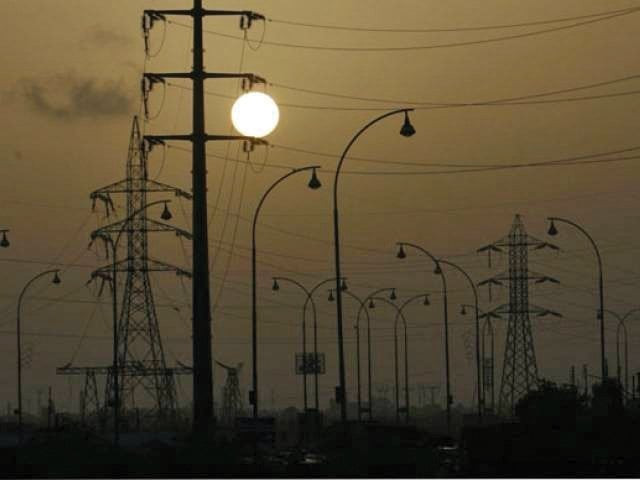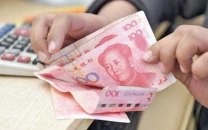Bridging shortfall: Energy sector should get priority in resource allocation
Govt utilising less than the budget earmarked for energy projects

PHOTO: FILE
Cheap food, easy access to schools for your children, no load-shedding, clean drinking water or cheap transportation.
This question arose when 0.2% of the total resources were allocated for the Water and Power Division in the federal budget for 2017-18.
The Benazir Income Support Programme (BISP), the biggest project for social protection, got 2.3% of the budget and had a 10-time larger share than the Water and Power Division.
After coming to power in mid-2013, the government had promised to fix the ailing energy sector, which was hampering the economy’s progress and causing misery to people due to prolonged blackouts.
The tasks included getting rid of circular debt, ending power theft, privatising loss-making power utility companies in the public sector and introducing a better fuel mix to make electricity affordable for the people and industry.
The investment in the power sector in the shape of foreign direct investment (FDI), private participation investment and projects under the Public Sector Development Programme (PSDP) along with the budget allocated for water and power does not bring any significant change in the energy shortfall facing the country.
Under the PSDP, about Rs112,318 million was allocated in the year 2015-16 including foreign aid, but only Rs36,368 million was released. This under-utilisation of resources causes inefficiency and exposes weakness in the system of governance.
The current political set-up has increased allocation for the power sector, but most of it will come in the shape of external loans. According to the Ministry of Water and Power, the circular debt has risen back to Rs401 billion. Previously, the debt of around Rs480 billion was cleared by the current government.
The BISP was launched in October 2008 to help the poorest families to cushion the negative effects of rising prices of food and fuel.
The basic purpose of the programme was to provide food and other basic necessities to the vulnerable and poorest segments of society.
Pakistan Economic Survey 2016-17 mentions some achievements of the BISP, which were revealed by an impact evaluation study conducted by the Oxford Policy Management (OPM) like reduction in poverty gap by 7 percentage points amongst BISP beneficiaries, increase in consumption expenditure by Rs187 and increase in adult food expenditure by Rs69.
Similarly, cash transfers were increased to Rs115 billion in FY17 from Rs102 billion in FY16 and target beneficiaries rose to 5.42 million till March 2017 from 5.29 million in FY16.
Quarterly cash grant per family was also enhanced from Rs4,700 in FY16 to Rs4,834 in FY17. For FY18, Rs121 billion has been allocated to target 5.5 million beneficiaries.
However, if one takes into account the increase in food inflation by 3.9% during Jul-April FY17 compared to 2.1% in the comparable period of FY16, the increase of Rs134 in cash transfer grants seems ineffective.
Similarly, the decrease in poverty and increase in consumption expenditure revealed by OPM’s study coincided with the fall in commodity and oil prices and an upward shock in either of the two can lead to a rise in poverty in the short run and chronic poverty in the long run.
The above data shows that the government put more emphasis on the BISP, but the energy sector is still facing neglect.
Pakistan has an acute energy shortfall and there is a need to invest more in this sector to bridge the gap. Pakistan should focus on power generation and allocate more resources for these projects.
The government needs to bring a balance between the water and power budget and the allocation for other areas. The government needs to re-think the priorities. If the government increases funding for the energy sector, then in the long run spending on other programmes will come down as people will be self-sustaining and their productivity will increase.
The government is under-utilising the allocation for the energy sector, which can be called inefficiency. As the population grows, the demand also rises, which can only be met through increased efficiency and FDI for mega hydroelectric power projects.
A long-term sustainable development of the country can only be achieved through proper planning and allocation of more resources. Capacity-building initiatives, in the form of energy sector investment, should be undertaken to cope with future challenges such as population growth and decline in natural resources.
The writer is a researcher at the Sustainable Development Policy Institute
Published in The Express Tribune, June 26th, 2017.
Like Business on Facebook, follow @TribuneBiz on Twitter to stay informed and join in the conversation.



















COMMENTS
Comments are moderated and generally will be posted if they are on-topic and not abusive.
For more information, please see our Comments FAQ